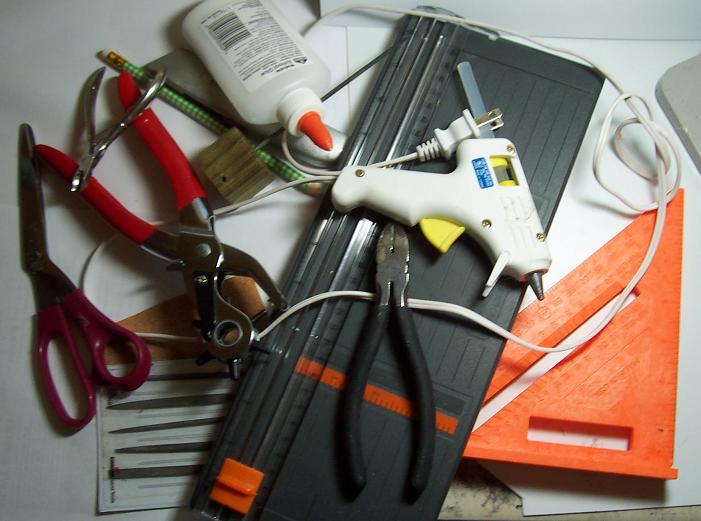All about Tools

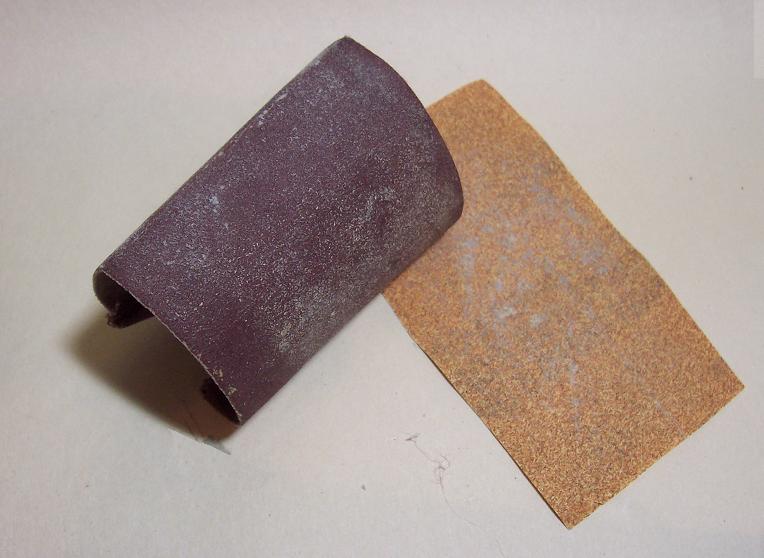 sand paper
sand paperI use this for so many things; smoothing out edges, rounding corners, filing the super glue off my fingers. It has almost as many uses as duck tape.
If you don’t know what this is for, then you need a new hobby 😉
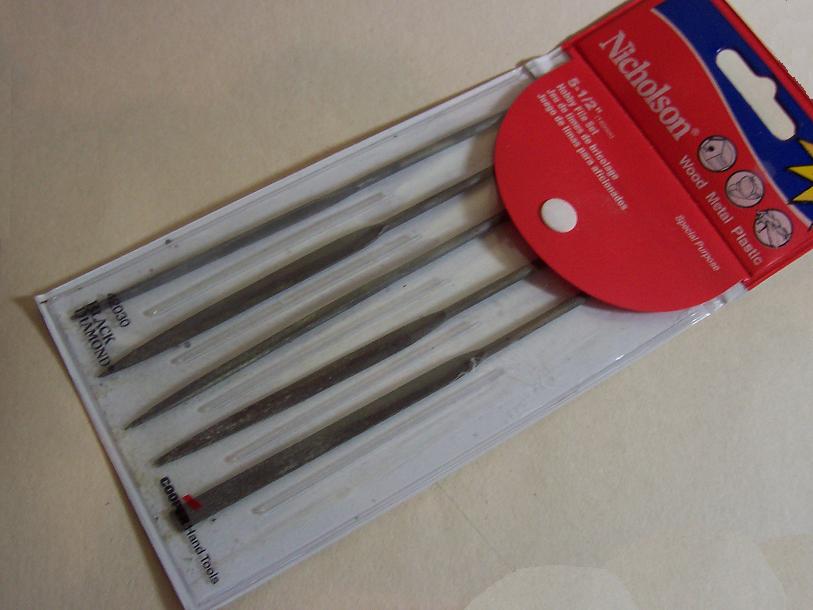 files
filesA good set of files is invaluable. From making sure that leg fits on the body properly, to filing off imperial eagles, to smoothing out that excess superglue you accidentally got all over your model, nothing beats a file. Something I recently discovered is using a file to smooth out joints where two pieces of plasticard meet. It is difficult to get your angles cut correctly, but filing helps bring them together.
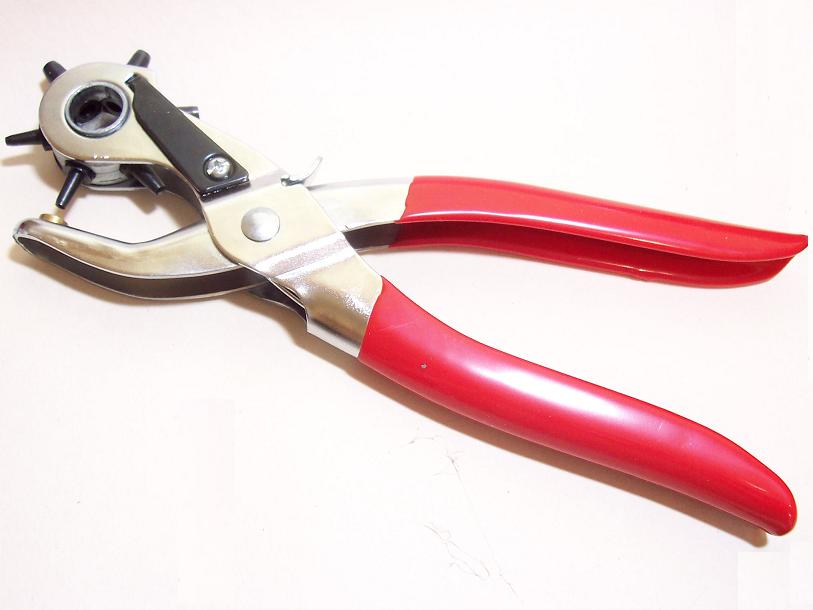 punch
punchI bought a 6 position rotating punch at the store this week. You can’t beat it for making rivets of all sizes.
An awl is used for making small rivets on thin plasticard. See my article on rivets for more info.
foam cutter
A hot wire foam cutter is a great tool, and its a blast to use. Most hobby stores carry them, but it is simple to make one…just don’t electrocute yourself or catch your house on fire!
ott light
Before my grandmother passed away, her eyesight was getting very poor. She bought several ott lights to help her read, and gave me one of them. They put out a clean light that makes most colors stand out well. A good tool for painting.
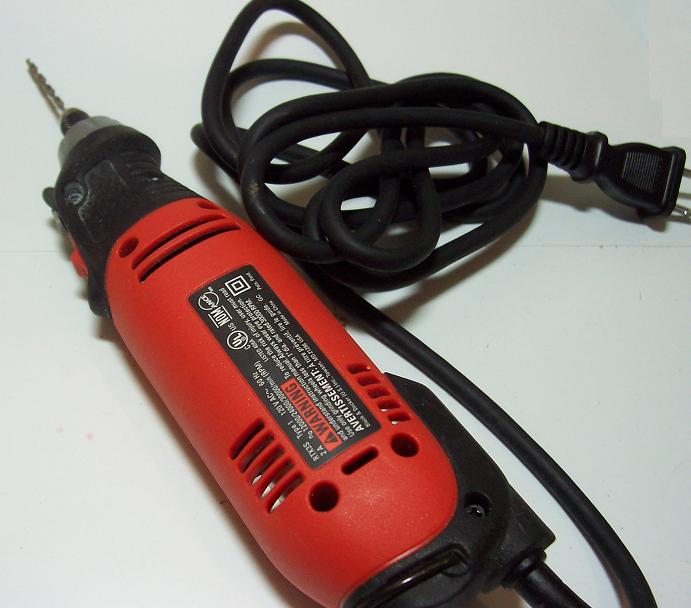 drimmel
drimmel
The handy rotary tool. These things have so many uses. I usually keep the sander attachment on. I’ve used it for everything from removing symbols off of pewter models to widening holes for gargant battlecannons.
Useful for large models and terrain building. Easier to hold and less expensive than a band-saw, but not as accurate.
ruler/straight edge/ triangle
Measuring and straight lines. What more can I say?
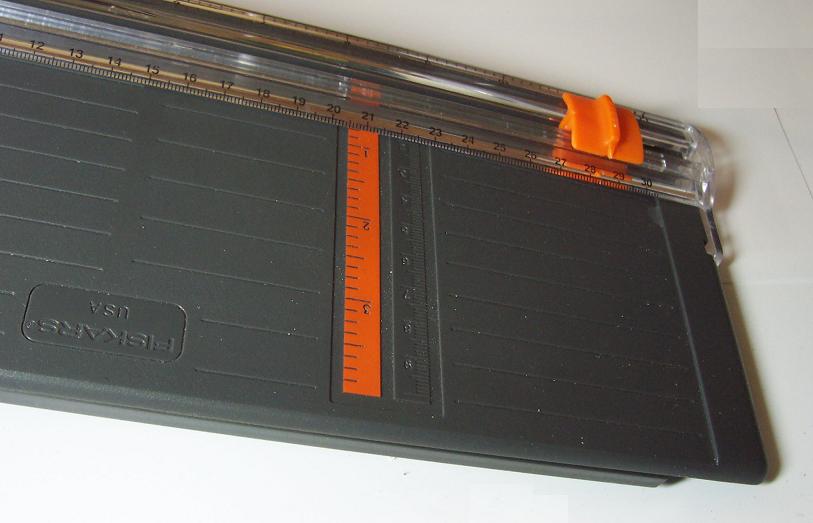 paper cutter
paper cutter
Sure, it can cut paper, but it is also good a making very straight cuts in plasticard.
Masking tape
I use this for covering the edges of foam-core to keep it from fraying.
wood filler
Good for filling gaps, but mostly used for texturing buildings and roads. Hint, get the surface slightly damp before applying. It helps it spread better.
elmer’s glue
I mostly save this for flocking. It’s slow dry time and poor holding strength keeps it on the shelf most of the time.
super glue
It glues (almost) everything. The only time I have to switch is when I am gluing wood, or large surfaces. It’s too expensive to use for more than a few drops at a time.
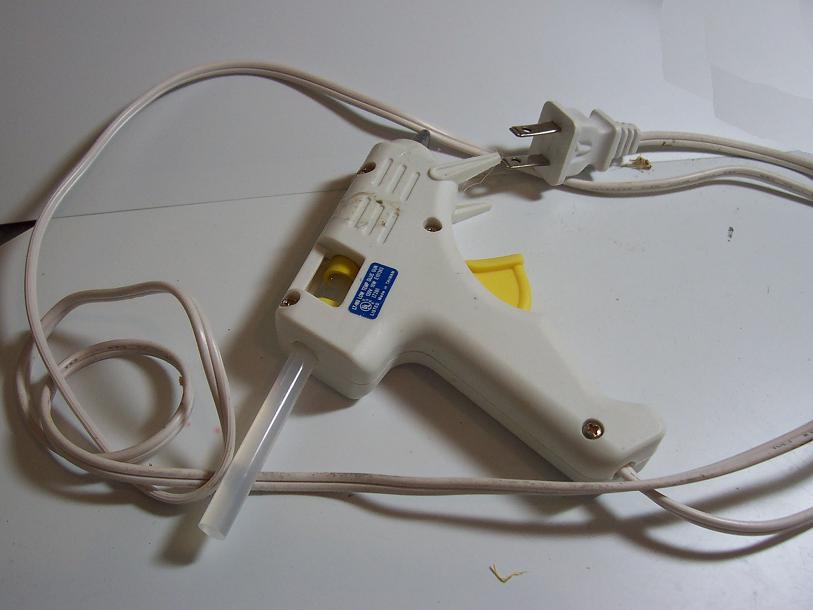 hot glue
hot glue
I use this strictly for wood and large surfaces. It’s hold isn’t as good as super glue, but it is less expensive and doesn’t get absorbed into the wood like superglue.
I don’t use this often, but it does help on cutting out shapes. For example, if I have a pipe that I want to put a plasticard cap on. I will mark the outside of the pipe, then firmly press the plasticard on the end. This will leave a mark on the plasticard and leave me a guide for cutting it. After it is glued on, I can file down the edges for a nice fit.
pencil
The humble pencil. This, used with the ruler. keeps your edges straight and your corners crisp. Always mark every cut! Even on ork vehicles, you don’t want a large gap or poorly connected joints that will break apart easily.
This list is by no means complete. And I’m sure I have left some obvious tools out. What tools do you use and how do you use them?

